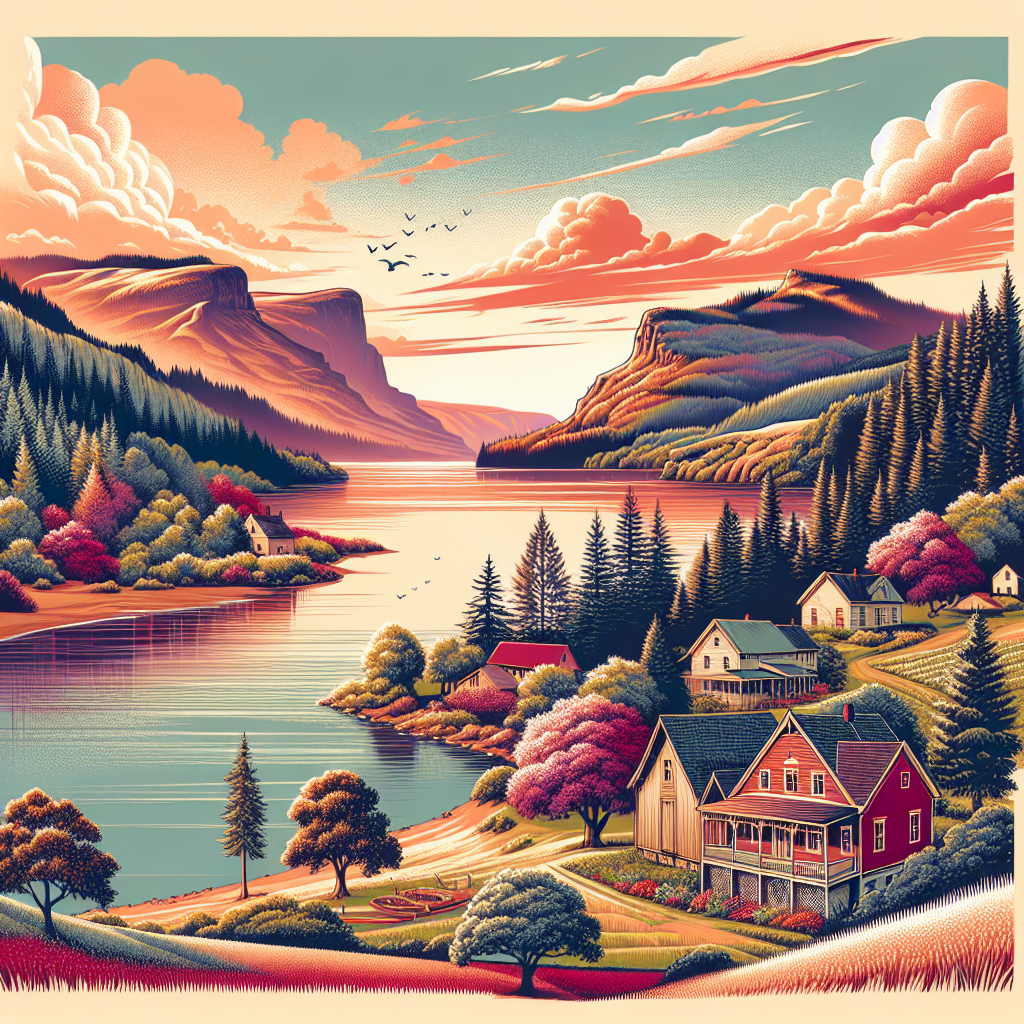A Taste of Oregon’s Indigenous Foods
Oregon, with its crisp cool air coming from the Pacific, rolling hills full of Douglas firs, and numerous rivers coursing alive with spirit, has served as the stomping grounds of many indigenous cultures, each with its unique food traditions. This great Beaver State of ours presents a palate full of rich flavors, savored for centuries by indigenous people.
Hunting Treasures in the Forests
Our local forests are full of scrumptious surprises. The rich, moist Oregon soil is incredibly conducive to many delicious fungi types. Autumn in particular heralds the arrival of wild mushroom season. Many tribes like the Kalapuya traditionally hand-foraged edible mushrooms such as chanterelles, coveted for their earthy, subtle fruity flavor. The moment of spotting a golden chanterelle nestled among decaying leaves can feel like uncovering buried treasure right here at spots locals love, like Tillamook State Forest and Siuslaw National Forest.

The Flavorful HIstory of the Riverways
Now, let’s take a stroll down the river. If Oregon could speak, its myriad rivers would tell stories resounding with the slap of salmon tails. Fish, especially salmon and lamprey, have been central to local indigenous diets. In tribal cultures like the Chinook and Clatsop, everyone from children to elders participated in fishing activities in rivers such as the Willamette and the Columbia. Remember the old saying in these parts, “when the salmon run, the river turns silver.” You can still witness traditional fishing methods at Celilo Village near The Dalles, if you’re lucky enough to catch a tribal fishing day.
Cup of Camas, Anyone?
Moving on from the forest and rivers to the fields. If you’ve ever taken a spring drive along Willamette Valley scenic routes, you’ve probably seen fields sprinkled blue with camas lilies. Culinary historian worth their salt would tell you about the importance of camas bulbs in the indigenous food scene. Pre-European contact, the Kalapuya, Umpqua, and other tribes would traditionally carry out Great Camas harvests. Enjoying a warm cup of camas bulb pudding feels like having a delicious tangible connection with Oregon’s rich past.
Oregon’s Delicious Coast
Taking the old scenic Route 101, we come to the coast – Oregon’s western edge. Walk along any lovely stretch like Coos Bay or Lincoln City, and you’ll see mussels and other shellfish clinging to rocks, reminding of the Siletz and Coquille Tribes who, for centuries, expertly harpooned seals, foraged marine resources, and revered razor clams and Dungeness crabs. These tribes knew that when the tides are out, the table is set. Today, local spots like South Beach Fish Market still honor these old traditions, serving up some of the best clam chowders and Dungeness crab dishes in all of Oregon.
The Berry Delights of Oregon
Last, but nowhere near the least, we must talk about Oregon’s wild berries. Oh, the joy of a sunny summer day of berry picking! It’s as Oregonian as rain in April. From huckleberries and salal berries to the famed Oregon blackberries, wild berries were a staple in indigenous diets. For the Klamath Tribe in particular, wokas or yellow pond lily seeds were as important as our beloved blackberries. No wonder spots like Sauvie Island and Hood River Valley are a berry picker’s paradise every summer. Just remember: leave no trace except your footprints.
In Oregon, we know that our food isn’t just about the meal at the end, but the journey to the plate. So next time you’re out foraging wild mushrooms or enjoying a bowl of clam chowder, remember you’re partaking in a slice of Oregon’s indigenous food heritage. Now go out there, explore, and get a taste of our amazing, edible history. Here’s a toast (with a blackberry or two, of course) to our rich culinary landscape and the indigenous cultures that shaped it. Stay hungry for adventure, Oregon!
